“My labels were born from my hustle.”
Jeremy Arviso
Jeremy D. Arviso is a man on a mission. He has a passion for multimedia art, which encompasses graffiti, fashion design, and traditional techniques.
Arviso is strongly influenced by his grandmother, a weaver and silversmith who inspired his creativity. He found himself uprooted to move to new homes in the greater Southwest. Elementary school was spent in Phoenix, the Four Corners and Salt Lake City, Utah. “I was always the new kid at school,” he said of this tumultuous experience, “but I adapted fairly easily. It helped me later in life.” He doodled in class. At home his parents had provided him with art materials.
By middle school, Arviso learned how to paint graffiti and illustrate Old English font. He took an interest in art history, and enjoyed learning about the Renaissance era alongside Japanese manga and anime. Anime influenced his style, and he would sometimes blend the two, inspired by his favorite shows and video games.
Arviso got his first taste of digital art in high school, when he was selected to participate in a Photoshop course through an Arizona STEM outreach program. He had written an essay to qualify, which struck a chord with his teacher, who helped him apply. “It was at that moment I knew what I wanted to do,” Arviso said. “I loved the spray can icon. This lab had computers with color printers. That class is what got me into digital art.”
Arviso now strongly supports digital art both as a medium and as a way to automate his business. “I was drawing everything by hand at first. I’d scan it in,” he said. “Now you can just take a picture. As tech has changed, it made things more efficient. Conception to consumer in a matter of hours. Through social media and the internet, I’ve been able to do that and make a living for myself.”
Indigenous Fashion Revolution
Arviso’s views, his tribal heritages, and his life’s trials are fully expressed in his provocative approach in multimedia art. “I used to get in trouble for not doing the Pledge of Allegiance,” Arviso said. “I hated cowboy movies because they always killed Indians. I hated John Wayne.” He stated that audiences seem to focus on the negative stereotypes of Native people from Hollywood.
Arviso’s 2020 clothing label, RVSO DSGN, calls out mainstream companies that commit cultural appropriation of Indigenous art and culture. He now has an online store and uploads new videos to his YouTube channel.
“I got into fashion when I was a high school freshman,” Arviso said. “I’d go out tagging with my friends. I’d visit the trainyard and paint trains. My parents wanted to get me out of tagging so they got me an airbrush. I learned to airbrush T-shirts and started taking orders, for about thirty dollars a shirt. I even airbrushed my backpack, my pager…anything I could airbrush.”
Raves in Phoenix fueled Arviso’s interests in art as fashion, revolution, and entrepreneurship. “I used to go to raves downtown starting in 1995. They were semi-legal by then. Phoenix was a different place back then. Fashion was unique during that time period. I asked my mom to teach me how to use the sewing machine. Classmates at school would notice my new pants and then pay me to make them some.”
However, it was never long before fashion designers would catch onto local clothing fads and then begin copying them. Arviso had to experiment with different fabrics and cuts to stay on top of local trends.
“My labels were born from my hustle,” Arviso said. His design labels now challenge the status quo. He once received a cease-and-desist letter for using the company’s own disparaging logos of Native Americans as messages against stereotypes in his own designs, provoking the ire of the company. In addition to RVSO DSGN, Arviso also created The Original Landlords, which is inspired by major league baseball teams, bringing awareness of Indigenous tribes in the team cities. His kids’ label, Jiscute, features colorful, modern clothing with contemporary Indigenous designs.
The Pandemic
“You don’t think those kinds of opportunities are ever going to happen.”
Jeremy Arviso
Arviso now has plans for volunteering and holding workshops. “I’ve been doing it since I was a teenager. It takes twenty years to be an overnight success. It’s gotten me to where I’m at now. A lot of people who graduate from school don’t have the working experience. I know the situations that arise and navigate problems.”
“I had undervalued myself. I did learn to value my time. I have been sober for sixteen months,” Arviso said. He examined the effects of assimilation and denial. “Our generation, they don’t realize that the odds are against them from the moment they are born. There’s so much of our history that’s being exposed that many of us have been ashamed of. It’s painful. People are going through mental anguish.”
Arviso expressed hope for the future. “I’m working on my well-being. Everything is good, so whatever I create will be good too. I’ve been getting through the pandemic with my art. It saved me.”
Arviso recently signed up to work with people experiencing trauma or incarceration by using art therapy. “There’s a need for people who need to tell their story,” he said. To those in healing, it is best to be patient with themselves. “Transformation is not overnight,” he said.
Making Camp Navajo
“The whole game was great to work on,” Arviso said of his Making Camp Navajo art. He found the work intimidating at first, but gradually settled in. “The hogan and the landscapes were in my head. Whomever plays the game can see what ‘home’ looks like. The Navajo reservation is gorgeous.”
Arviso says his work reckoned with his views on his post-colonial identity. He himself has multiple heritages: Navajo, Hopi, Pima, and T’ohono O’odam. “At 42, I’m still learning how to be Native,” he said of his experiences. “[Making Camp Navajo] doesn’t just have to be for kids. It can be for people who are learning who they are. I’ve had great pleasure working on the whole thing, developing the characters, and making them authentic. I’m such a perfectionist. I loved the creative freedom.”
Future Plans
Family became closer to Arviso’s heart since the start of the pandemic. His grandmother, who has since passed away, was a large of his past and his original inspiration for the art of Making Camp Navajo. Arviso, along with art as therapy, has plans to do more projects with his son, who has autism. “Autistic kids have no reason to be ashamed of who they are,” he said. “I want to create meaningful work. It’s like medicine. I’m helping others understand who they are.”

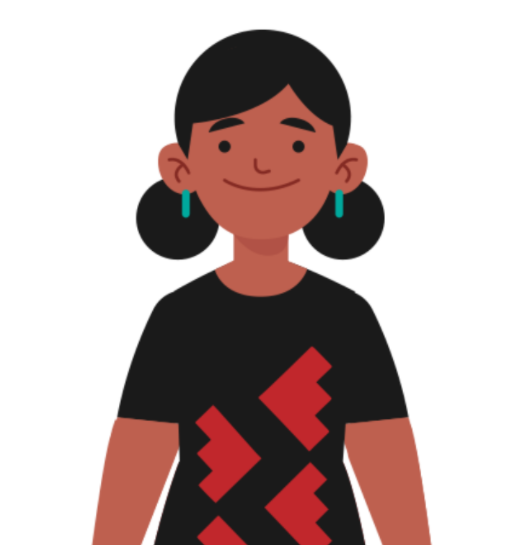
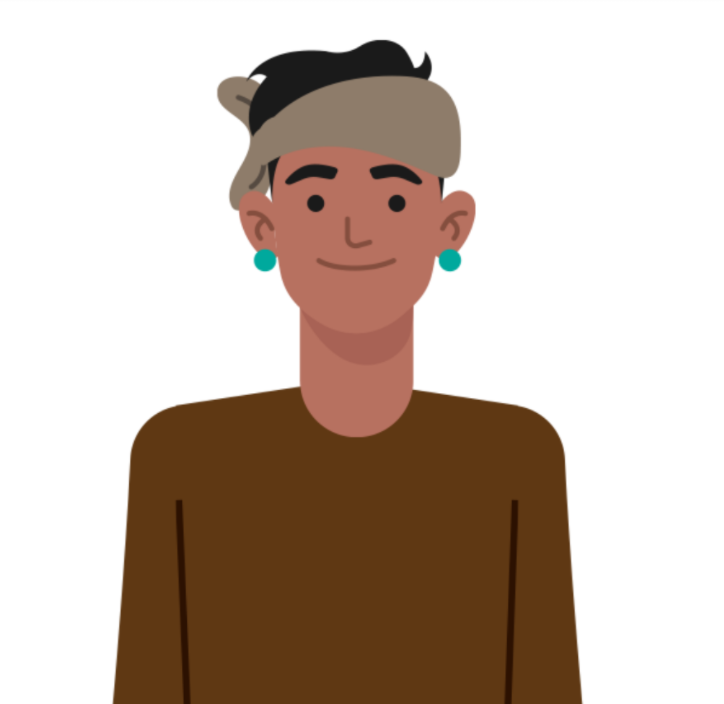
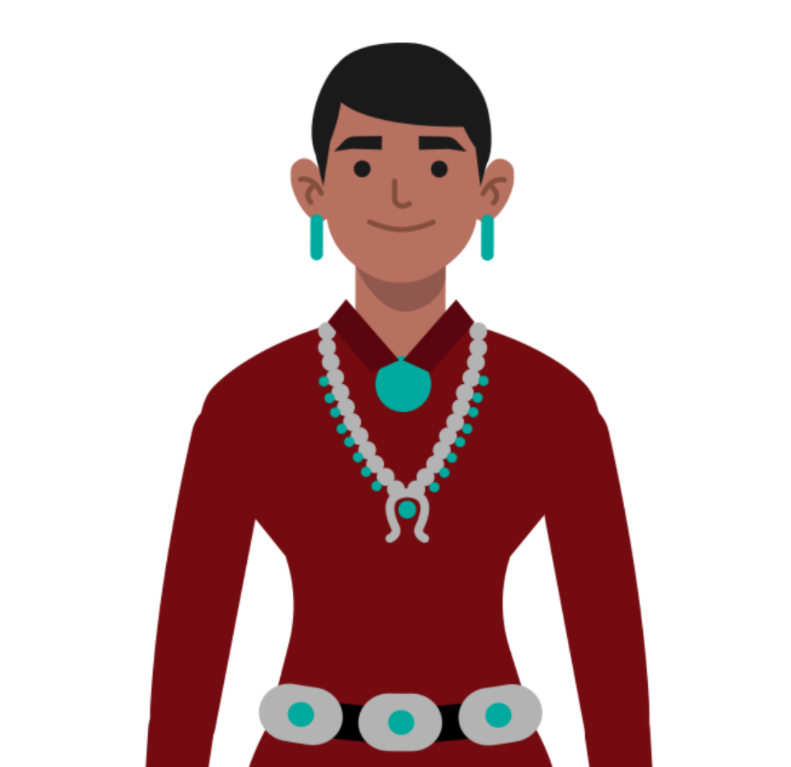
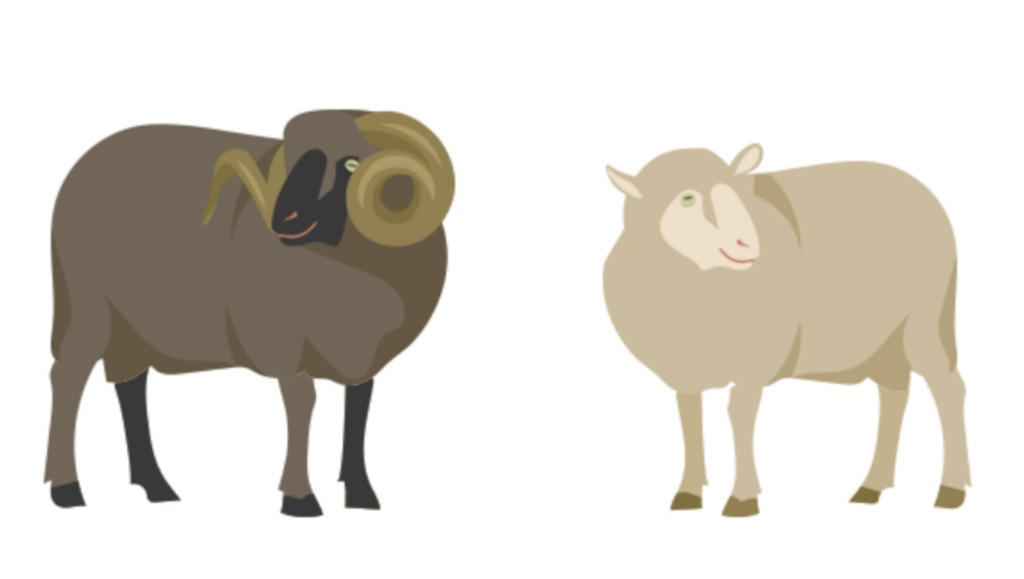
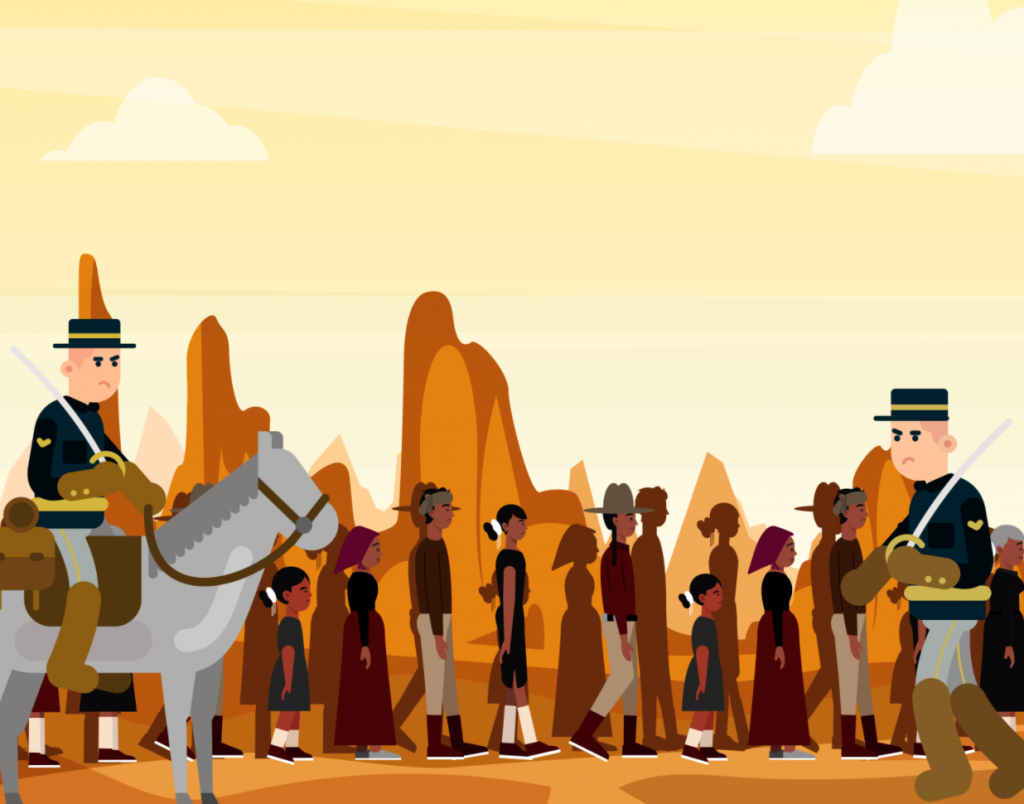
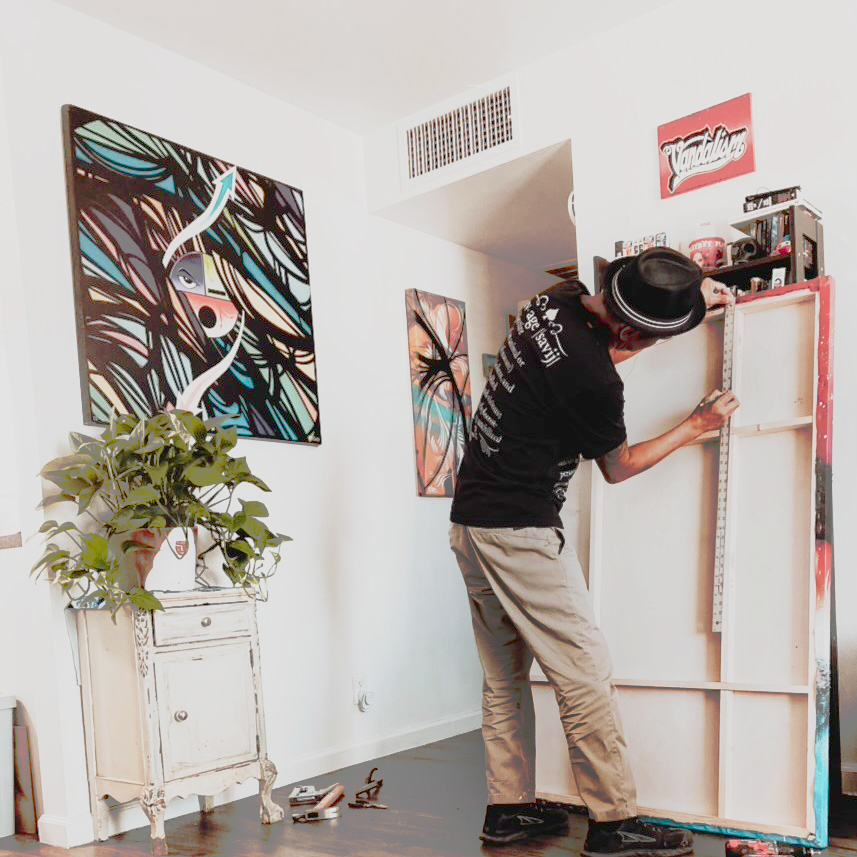
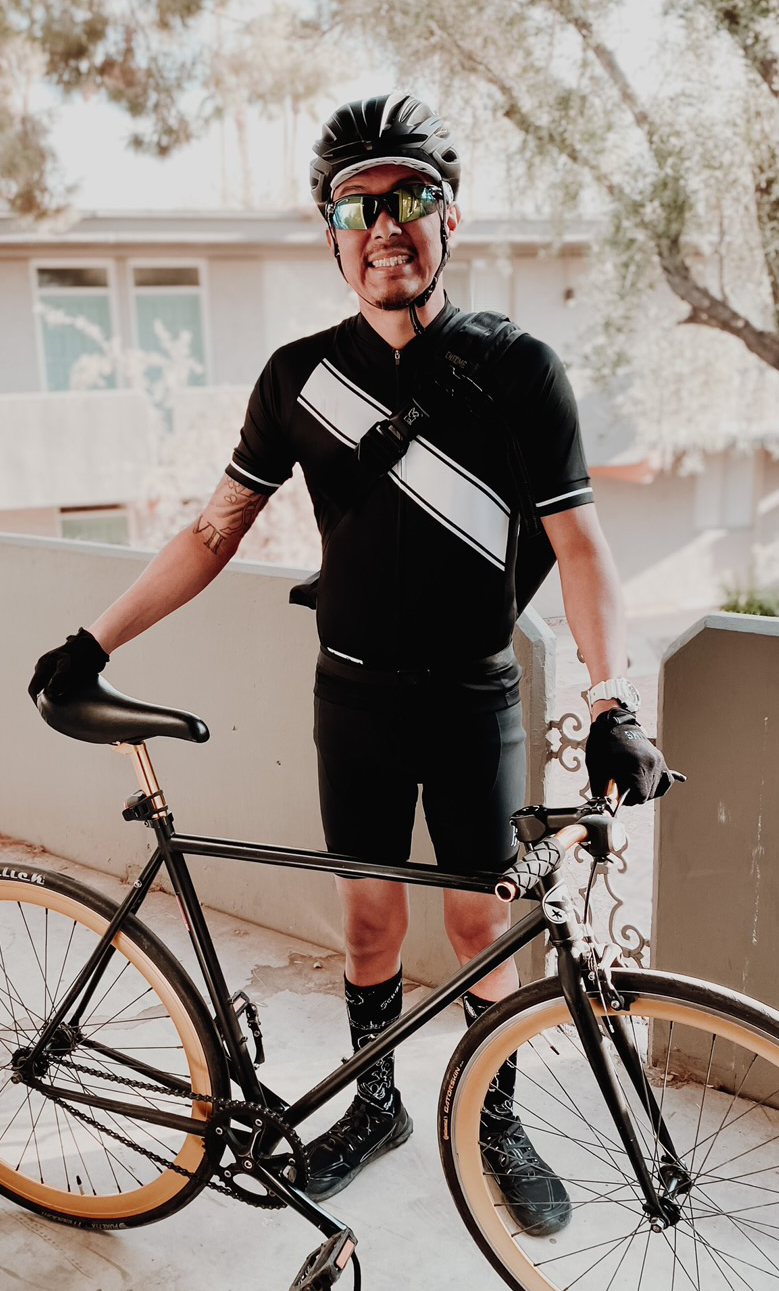
Bravo young man…
Jeremy is so talented! He helped bring this video game to life. We hope you check out Making Camp Navajo when it is launched to both see his work and maybe practice some ratios and proportions!
We want to share this math game with students far and wide, on the Navajo Nation and beyond! It is part of our game resources that we are delivering to teachers as a part of our pilot program, The Growing Math Project. If you know any administrators and teachers in Native communities tell them about us! We’d love to connect. Our email is growingmath@7generationgames.com